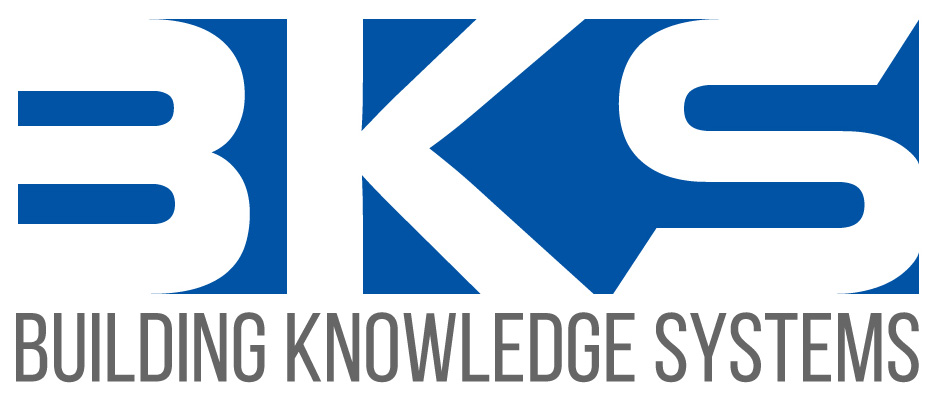by Terry Beaubois
Navigating the Post-Pandemic Residential Green Building Market, Part 2
Builders must provide buyers detailed information about their green homes.
In addition to assisting and guiding homeowners in establishing green building priorities at the beginning of a project, contractors who can provide homeowners with a valuable, comprehensive packet of information at the end of construction will have a competitive advantage in the next few years.
The responsibility and ability to do so cannot be left solely to the contractor, however. Project consultants/designers, architects, and engineers must provide data to the contractor in a way that can be easily incorporated into the information for the homeowner/building owner at the end of the project. The task of creating a comprehensive information packet needs to be negotiated into the project, if the contractor is to remain profitable.
Green Builder Magazine

















